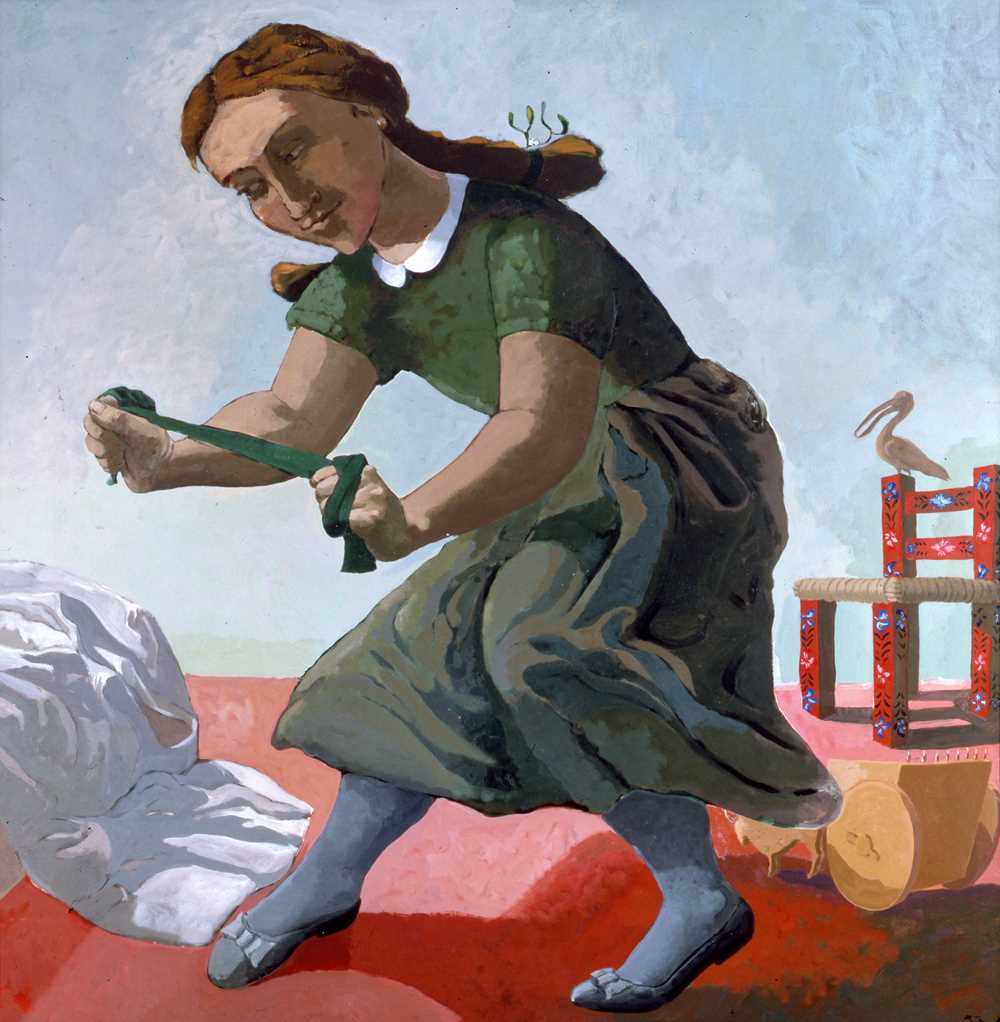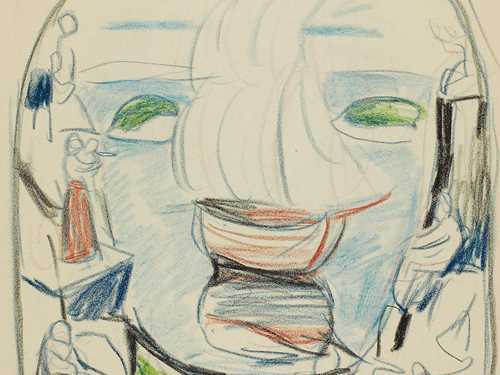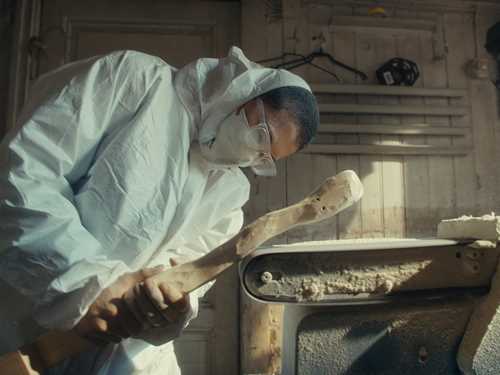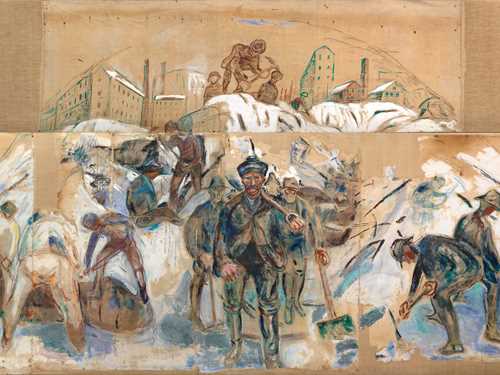Paula RegoDance Among Thorns

The Portuguese-British artist Paula Rego (1935–2022) receives her first ever large scale exhibition in the Nordic region. Her inspiration from Edvard Munch (1863–1944) is clearly visible in her colour-rich, wildly imaginative figurative paintings. Thematically, these question the complex power relations between women and men. One of her most important motifs is The Dance (1988), which has obvious links to Munch’s The Dance of Life (1899).
Rego grew up under the Salazar dictatorship in Portugal, an era in which women’s freedom and rights were severely limited. In the 1990s she became involved in the abortion issue, and eventually in 2007 the right to voluntary abortion was legalised in her homeland. The exhibition dedicates a whole room to her Untitled pastel paintings, which show the effect of authoritarian government on women’s sexuality, bodies and mental health.
At the age of 17, Rego moved to London to study art. Throughout her career, she has been influenced by the history, culture and literary traditions of both Portugal and Britain. Her artistry draws on her own experience, as well as stories, myths and fairy tales which uncover the darker sides of humanity. The MUNCH exhibition will show the breadth of Rego’s art, from her early abstract collages to textile sculptures and stunning figurative panoramas. With both humour and seriousness, she explores themes such as power and powerlessness, sexuality and anger – primal emotions common to all human psychology, across cultures and continents.
More than 100 works by Paula Rego will be presented at MUNCH. This is the most comprehensive showing since her exhibition at Tate Britain in 2021, the year before her passing. The display spans paintings, pastels on aluminium, drawings, prints, picture rugs, and several textile sculptures. The exhibition will also feature three works on paper by Edvard Munch.
The exhibition is curated by Kari J. Brandtzæg.







